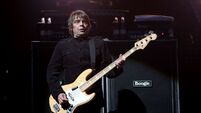Jim's Gems: Best albums of 1993 - including Tom Waits, Bjork and David Bowie
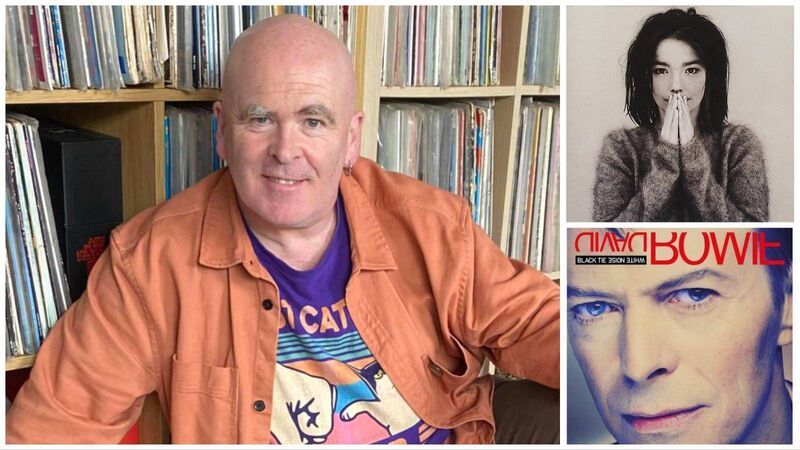
Jim's Gems 1983
In retrospect, the 1990s could best be described as a feelgood decade where we cast aside the shackles of ‘80s repression and austerity and partied like there was no tomorrow. Rave culture exploded and turned the music industry on its head. The cult of the DJ was born and we hit the dancefloors with a vengeance.
The often-exaggerated fightback against dance music was fought under the flag of Britpop but there were no winners, only an uneasy truce. Not that we really cared. Life was good and so was the music and here are 10 examples of what was around 30 years ago.
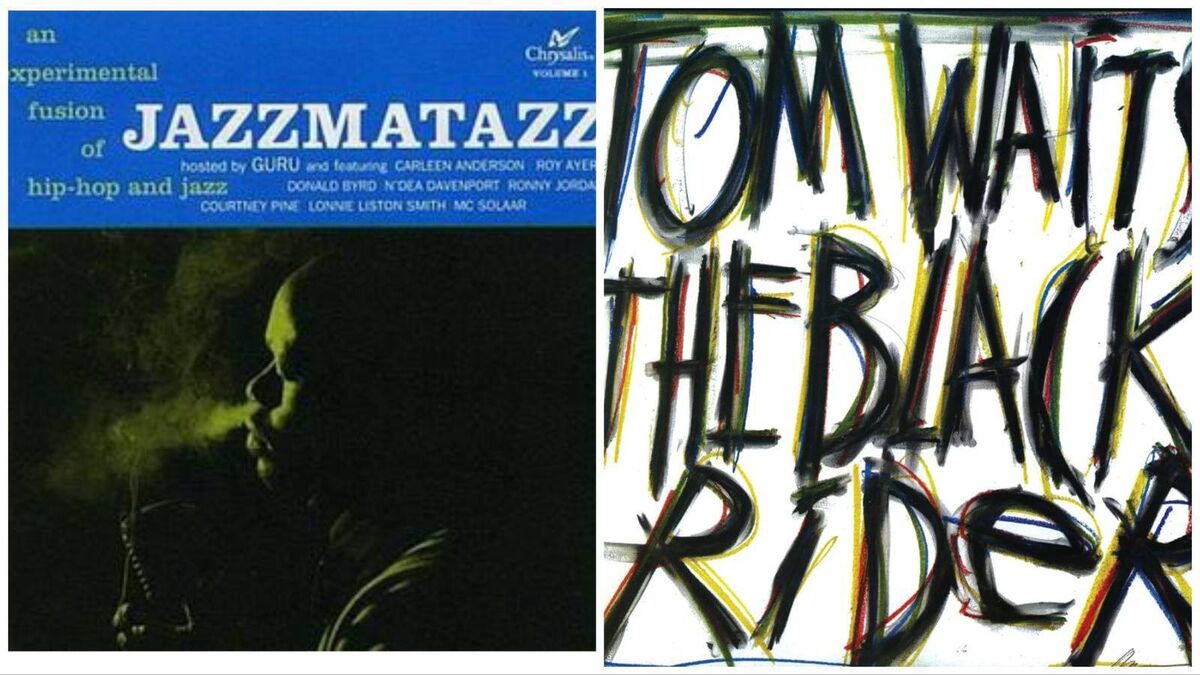
His 12th studio album and while not always an easy listen it's probably my go-to Waits album mainly because George and I used to play it every morning in Comet before it got busy. Originally conceived as a soundtrack for a William S Burroughs play, it features Waits in all his guises. Here you get the crooner, demented barfly and the burlesque troubadour all on the one record and they all manage to get along. Loss, loneliness, regret and a nostalgic look back to bygone, more innocent times are some of the emotions this album conveys for me. The contrast between the songs is often quite abrupt with intense incidental pieces like 'Gospel Train' running seamlessly into the late-night piano ballad 'I’ll Shoot The Moon' which could have been recorded by someone making his lonely journey home from a night out long after everyone else has gone to bed.
The evolution of hip-hop in the early 90s was largely driven by technology and to a huge degree sampling. As the genre progressed the artistic thread between hip-hop, jazz and soul was becoming more evident. Certain labels like Blue Note saw the gap in the market and made their extensive back catalogues available on vinyl. Guru took the whole thing to another level on this, his debut. Why bother sampling when you can get the actual musicians into the studio? Some of them literally lived only up the road. That’s how the greatest ever fusion of jazz and hip hop was conceived with Donald Byrd, Lonnie Liston Smith, Roy Ayers and many more legends doing their thang alongside Guru and his crew. A game changer and as essential a record as any jazz classic.
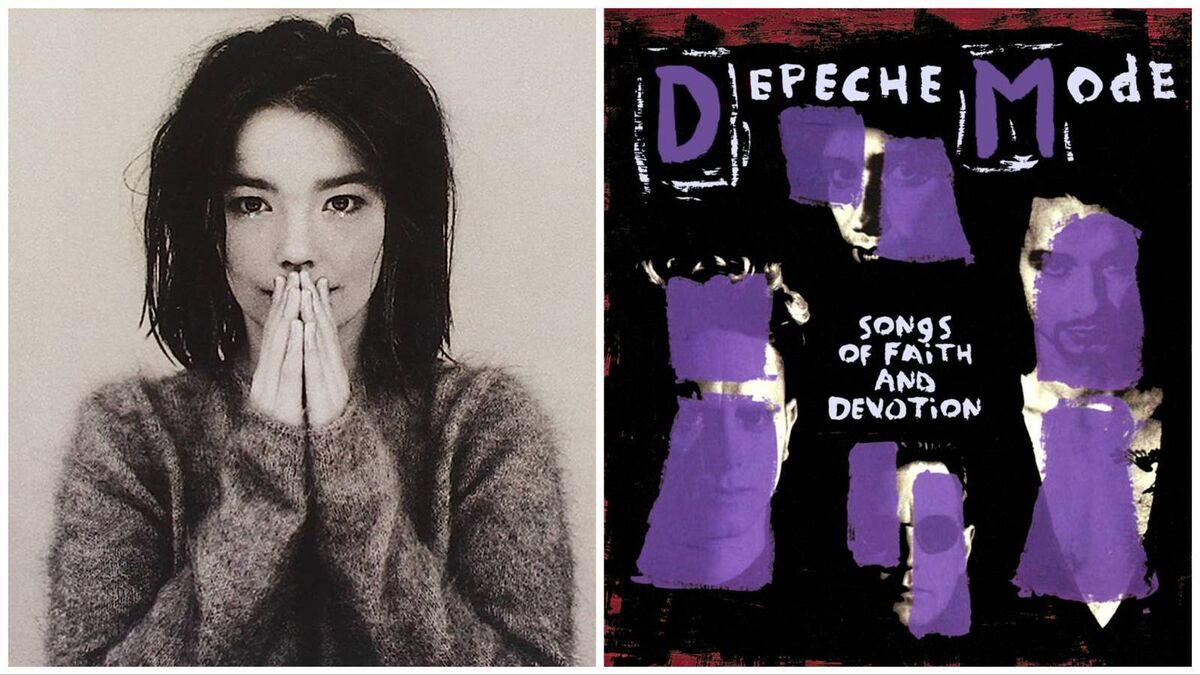
Probably the closest they’ve come to recording a gospel record but there wasn’t much spirituality evident during the recording of their eighth studio album. The band literally couldn’t bear to be in the same room as each other, in particular Gore and Wilder who would leave soon after the recording. Dave Gahan had moved to the US and was hanging out in the newly emerging grunge scene which to him seemed a lot more relevant and exciting than anything Depeche Mode was doing. He was also becoming increasingly dependent on heroin which created its own set of problems. Musically it’s a darker and more organic record than any of its predecessors with live drums and guitars increasingly replacing the sequencing of old. Despite his off-the-pitch problems Gahan's vocals never sounded better.
Despite two critically acclaimed albums The Sugarcubes were never going to be enough for Bjork. She just had too many strings to her bow and there was an audience out there just longing for new forms of art and creativity eagerly awaiting the perfect storm. The much-anticipated debut was created with one eye on current trends and was tailor-made for the early 90s market. Produced by Nellie Hooper it’s a mixture of pop, jazz, trip-hop, house and avant-garde with good production values and equal focus on the dance floor and the coffee table. Justin Robertson remixing 'Big Time Sensuality' just added another level of coolness to what for many was one of the best albums of the 90s.
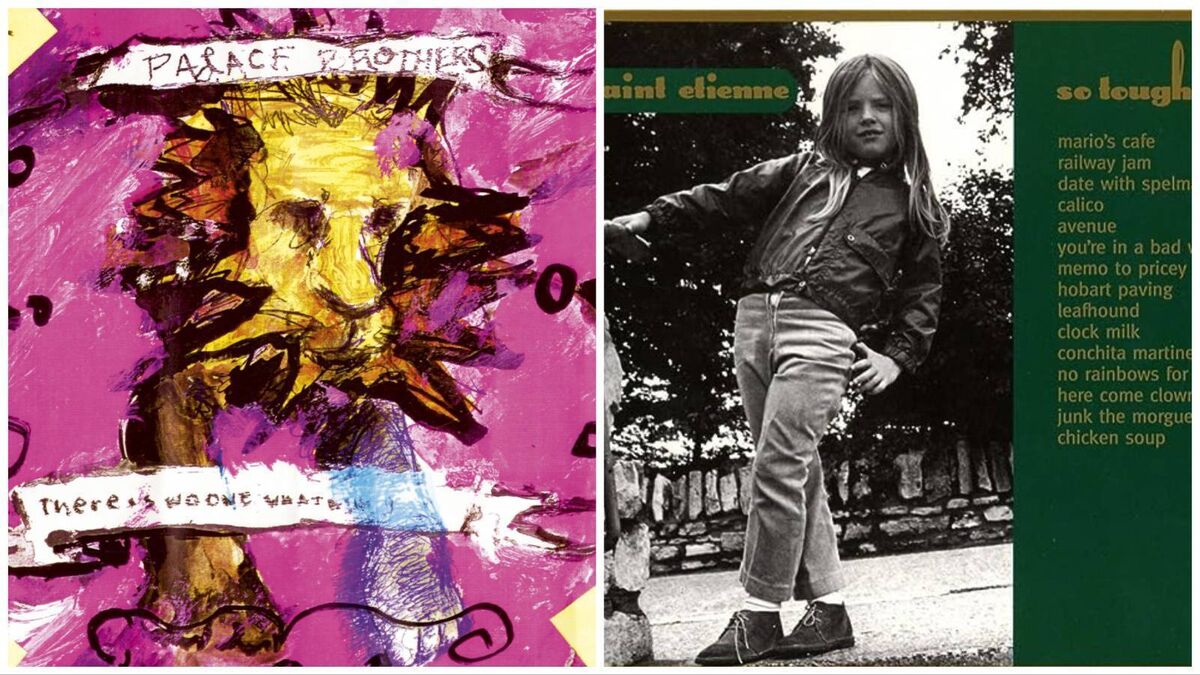
Crossover, eclecticism and indie dance are just some of the terms used when genres collide. The results can vary between genius and shambolic. Fortunately for St Etienne, the former applies to their second album . This one is geared mostly towards those clubbers who may be winding down after a heavy night on the tiles and are willing to let St Etienne take them on a journey across London where they encounter a bit of 60s pop, trip-hop, dub, house and easy listening along the way. Samples from classic films like and between the songs give the album a very swinging London feel with a bit of thrown in. Think of remade for the 90s and that might give you an idea. Not sure it’s aged as well as other records from the same era but for me it still has something.
A million miles away from the dance floors and chill-out bars of clubland, Will Oldham and various members of Slint were attempting to reclaim the soul of country music which had been possessed by line dancing and mass-produced Stetsons. This involved stripping the music down to the bare bones to produce an album of country folk in its rawest and most naked form. It feels like it was recorded in a cabin with the band very understated in the background so as not to disturb the purity of the moment and Oldham barely hitting the notes on some songs. And it’s these songs that shine through in all their glory. Untarnished by overproduction and overreliance on gimmicks the exorcism is complete.
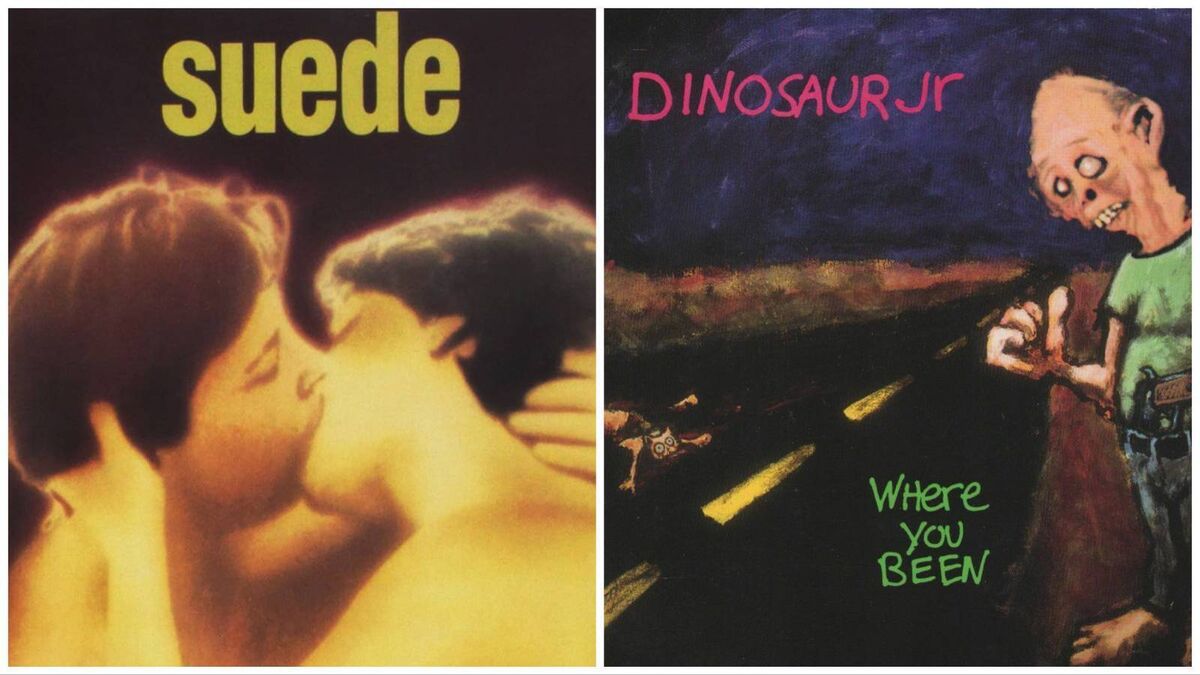
“All this dance shite is killing real music” was a common mantra in the 90s for those who longed for a blander safer form of rock. However, a movement began to evolve in the early 90s that would lead the charge like the Light Brigade and inspire the fightback. Britpop was largely a tabloid creation inspired by a new wave of up-and-coming British bands that were seen to have talent, topped up by the feelgood factor provided by the New Labour government. It was the musical equivalent of an England World Cup campaign. Suede were unfortunate to be lumped in with this as they were clearly a cut above their teammates. Their debut successfully channels classic Bowie and Roxy Music with their own inimitable style to produce an album that hasn’t lost its edge even today. 'She’s Not Dead' wouldn’t sound out of place on .
Somebody once said to me that Dinosaur Jr. write great songs. Simple as. They’ve been described as a blend of Neil Young, The Cure, and punk rock with a bit of slacker attitude thrown combined with an uncanny ability to write clever catchy songs. Their fifth album is no exception and it’s the first one as a full band as opposed to J Mascis playing everything. The difference is striking. While they still sound like Dinosaur Jr. it’s as if they’ve grown up and stopped watching . The album is probably their strongest since and literally every track could be a single.
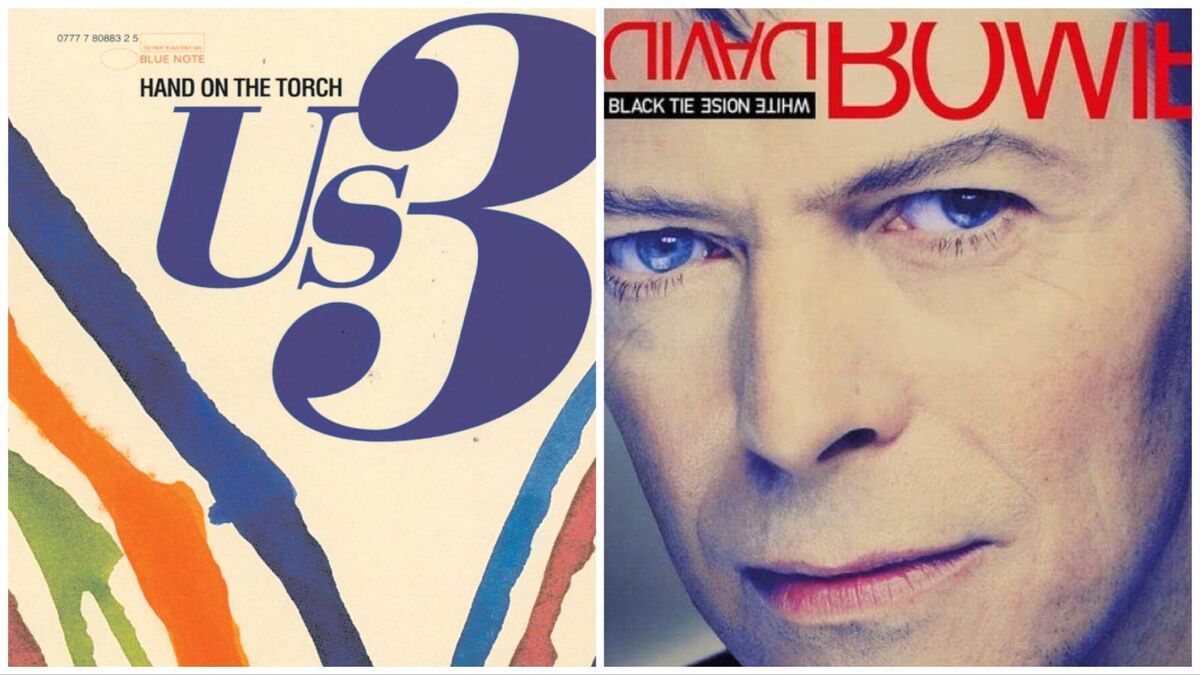
Once again the connection between hip hop and jazz comes into play but in a slightly different way. Unlike Guru, US3 were an actual band from London who originally got into trouble with Blue Note for illegally sampling one of their tracks but managed to persuade them to grant full access to their impressive back catalogue which they blended with their own live jazz playing and rapping which resulted in their ground-breaking debut. Not only did it win a Grammy but it also became the best-selling album on the Blue Note label. Their version of 'Cantaloupe' is arguably more familiar than the Herbie Hancock original.
Collaborating with Nile Rogers was where it all started to go wrong for Bowie in the 80s therefore it's somewhat ironic that their ’93 reunion is seen as the point where he got back on track. The album also features past collaborators Mick Ronson and Mike Garson along with jazz maestro Lester Bowie whose sharp style of playing sets the tone for a lot of the album. It’s a much darker record than his last few with very few hits that stand out but that’s often been the beauty of classic Bowie albums and for many fans, me included it was game on again. One of the strangest tracks is a cover of 'I Know It's Going To Happen Someday' which he absolutely knocks out of the park and is seen by many as a dig at its composer Morrissey.
While it's not my cup of tea musically for many it’s become a Cork institution, like Tanora or Barry's Tea.
OK so it’s not technically an album, but those who know know. Other than expensive, imported 12” records, there wasn’t a lot of dance music available to buy back then, and these cassettes from Sir Henry’s DJs Greg Dowling and Shane Johnson were much sought after.
Great choices especially REM and Bunnymen. But the LP that hits all switches, especially lyrically is Soul Mining by the The. Matt Johnson spoke and sang words that still resonate to this day.
Lets Dance was great, hit the mid-80s zeitgeist perfectly and that's what matters. Why tarnish it with what happened to Bowie afterwards? He had around 12 years of success by 1983 so not surprising the creative well ran dry later on into the 80s and beyond - until The Next Day basically.
New Order - Power, Corruption & Lies, When Joy Division singer Ian Curtis died suddenly in May 1980, the other three members, although in a fog of grief and shock, decided to keep working as a band. They recruited a fourth member, and New Order was born. Understandably sounding just like Joy Division at the beginning, by 1982, New Order's sound had evolved significantly, and in March '83 they released the game-changing 12" single Blue Monday. Two months later, they released Power, Corruption & Lies, their second LP, but first LP that sounded only like New Order - with their trademark hybrid of catchy and melancholy, electronic and guitar-based. Still exploring dark themes, the album nonetheless makes you want to dance, to strum air guitar, to sing at the top of your lungs (even if it's only keyboard notes). It's a lighter, "fresher", more exuberant sound - a band stepping into the light, yet they don't lose their depth or ability to write melodies of sheer beauty.
Can't believe Big Country's The Crossing didn't make it on the list. The album still sounds great today as it did 40 years ago.
I got two albums for Christmas 1983 - Dylan’s Infidels and Paul Simon’s Hearts and Bones, and I loved them both. But over the years, it is Hearts and Bones that has woven itself indelibly into my heart and my brain. This turned out to be Simon’s sign-off before he would return with Graceland in 1986. But here, on this album, he had refined his craft to a fine point - ‘Train in the Distance’ is just sublimely masterful storytelling in the American mode, so too the beautiful ‘Rene and Georgette Magritte with their dog after the war.’ The album also includes the elliptical ‘The late, great Johnny Ace’ (i.e RIP John Lennon). Check out where Paul Simon was at just before Graceland, you might be surprised.
